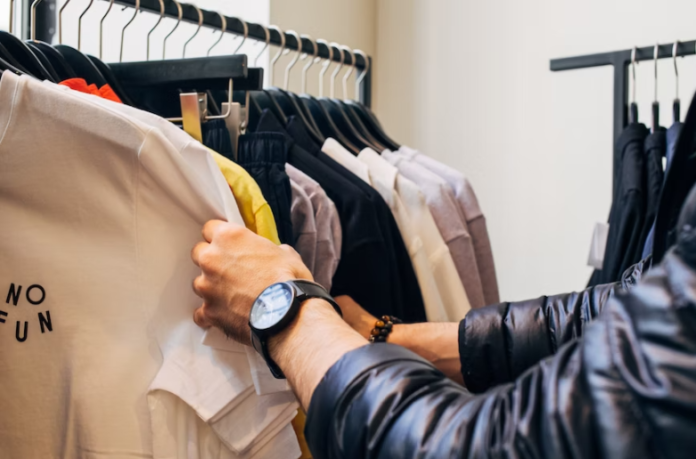Embroidery is done on a standard sewing machine with thread instead of fabric. The digitizer converts a flat graphic, like a logo, to a pattern that the embroidery machine can sew.
Embroidery is a versatile and durable method to display a custom logo or design. Shirts are the most common item to embroider, but jackets and hoodies are also great candidates.
It’s Versatile
An embroidery is a versatile option for a variety of products. Unlike printing, embroidery can be applied to almost any shape and stitched onto clothing, bags, hats, and other accessories. Embroidery also allows you to use a wide range of colors, fonts, and designs to create a look that is uniquely your own.
When done correctly, the embroidery looks great and lasts long. It is not prone to fading or peeling as some printing methods can be.
It is vital to remember that embroidery does have its limitations. It is not a good choice for extremely complex or intricate designs and may need to display better on small lettering (sans-serif fonts are best). The embroidery process also can’t replicate photo-realistic prints, so it is best used on simple logos or designs you want to be recognizable.
It’s Affordable
Finding a company that can provide quality custom embroidery Denver is essential, as the process is relatively labor-intensive. It is because the machines work on a stitch-by-stitch basis, meaning that the more complex your design, the more stitches it will require. It makes embroidery less cost-effective compared to other printing options.
An embroidery is an excellent option for businesses that want to give their employees a professional look while keeping costs low. Companies that rely on customer interaction can use embroidered logos on polos, jackets, and hats to create an identity that resonates with their audience.
Another benefit of embroidery is that it can be used on fabrics and products that only sometimes work well with other printing methods. It includes denim, which is famous for embroidered jackets and hoodies. However, it is critical to remember that embroidery has limited color and fabric possibilities. You will need to digitize your designs before they can be put into the machine, which is an additional cost.
It’s Easy to Customize
Embroidery can elevate any product and add a classy, professional look. But it also needs a specific level of skill and time to create. Luckily, embroidery is making a comeback, and plenty of online resources guide you through the process.
Embroidery designs work well for any business, sports team, or organization. Use a logo as an employee uniform for your business or give embroidered gift items to family and friends. To ensure your designs turn out clean, limit the small elements and color gradients you include in the artwork.
It’s Durable
Embroidery can add a long-lasting, high-quality look to any apparel item or accessory. Unlike other printing methods, embroidery won’t fade or wear over time and will last as long as the fabric is stitched on.
Depending on the thread quality, embroidery can also stand out by looking more vibrant and pristine than other types of decoration. For these reasons, embroidery can elevate the look of any clothing or accessory, and it is an excellent choice for t-shirts, jackets, hats, bags, and more.
While embroidery is durable, it can’t be used on all fabrics and should be considered carefully when selecting a design or product. For example, embroidered designs may not work well on stretchy or abrasive fabrics, and embroidery may not be able to be used on specific items with very small details. Embroidery is also not a good option for products made from plastics or metals. For these items, debossing or later engraving may be better choices.










